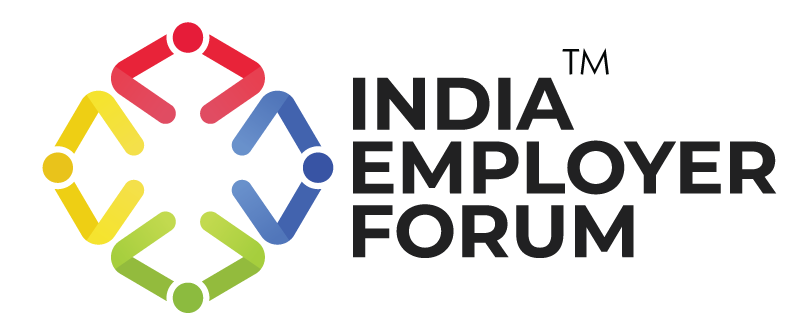Employee retention plays a crucial role in maintaining organisational stability and driving long-term growth. The loss of a valuable employee can lead to significant consequences, ranging from financial setbacks to disruptions in team morale and overall performance. Addressing this challenge requires the implementation of targeted strategies that promote career development, a supportive work culture, and flexible work environments. It is essential for HR professionals and leadership teams to proactively identify existing retention gaps and adopt measures that drive the growth of both the organisation and its workforce. To fully grasp why retention matters, it’s important to understand the multifaceted impacts of employee turnover.
Impact of High Employee Turnover
- Financial Cost: Replacing a salaried employee incurs significant expenses at every level within an organisation. According to a Gallup study, the replacement cost can reach approximately 200% of the salary for leadership and managerial roles. For technical professionals and frontline workers, the cost is estimated at around 80% and 40% of their respective salaries.
- Time and Productivity Loss: According to industry averages, filling a vacant position and onboarding a new employee typically requires a minimum of 44 days. This gap often leads to reduced output, delays in decision-making, and disrupted workflows. The resulting workload on existing employees can diminish overall productivity, revenue and increase work burden.
- Organisational and Cultural Impact: High employee turnover disrupts communication and collaboration, lowers employee morale, and weakens engagement levels. Disengaged employees often contribute to declining revenue, unsatisfying customer service, and higher absenteeism. Recent Gallup data indicates that poor employee engagement across the globe costs organisations approximately $8.8 trillion annually. Quantifying the true cost of turnover helps organisations make informed decisions on retention investments
How to Calculate Attrition Opportunity Cost?
The attrition opportunity cost, resulting from high employee turnover, can be calculated by using the following formula,
Total Attrition Opportunity Cost = Direct replacement costs + lost productivity costs + knowledge costs + opportunity costs.
Where,
- Direct Replacement Costs are the expenses related to hiring and onboarding a new employee, including recruitment fees, advertising, HR/admin time, training, and technology support.
- Lost Productivity Costs are the value of output lost during the vacancy period and reduced efficiency while the replacement ramps up.
- Knowledge (Institutional) Loss Costs is the cost associated with losing tacit and institutional knowledge when experienced employees depart, leading to work delays and inefficiencies.
- Managerial & Opportunity Costs is the value of managerial and HR time diverted from strategic work to manage attrition, plus the lost benefits of what this time could have achieved.
Several online tools can help organisations calculate attrition opportunity costs, including:
- Cost of Attrition by TeamLease Services Ltd
- Cost of Turnover calculator by Adecco
- Cost of employee Turnover calculator by Puzzle hr
Employee Retention Strategies for HR and Leadership
- Emphasise Career Development: Organisations that offer structured learning opportunities, career progression pathways, and mentorship programs experience a 32% higher employee retention rate, according to LinkedIn’s Workplace Learning Report 2023. Facilitating internal mobility also plays a key role in reducing turnover by encouraging employees to grow within the organisation.
- Foster Employee Recognition and a Positive Work Culture: Approximately 68% of HR professionals agree that acknowledging even small employee achievements contributes to a stronger sense of value and commitment. SHRM reports that 83% of employees working in environments characterised by inclusivity, transparency, and open communication consistently deliver high-quality work. In contrast, 45% produce lower-quality output in workplaces lacking strong cultural ethics.
- Promote Well-being Initiatives and Flexible Work Policies: Deloitte research shows that organisations implementing well-being programs—such as mindfulness practices and counselling support—achieve a 30% increase in talent retention. Additionally, around 80% of employees are more likely to remain with employers who offer flexible work arrangements, including remote or hybrid options that support mental health and work-life balance.
- Ensure Fair Compensation: Equitable compensation across all roles—whether through bonuses, healthcare benefits, or childcare support— ensures employee retention. Regular salary reviews are necessary to maintain internal parity and address potential pay discrepancies.
- Incorporate Managerial Leadership Training: Studies indicate that 70% of employee engagement is influenced by their direct manager. Investing in leadership development programs for managers is essential, as their ability to foster trust and build team cohesion significantly impacts retention rates.
- Conduct Regular Surveys: Routine employee engagement surveys help organisations identify key challenges and needs, offering data-driven insights for HR strategies. Additionally, conducting thorough exit interviews is vital for uncovering the underlying causes of attrition and shaping future retention strategies.
High employee turnover imposes significant costs on employers, including high replacement expenses, reduced productivity, and diminished employee morale and performance. It is therefore essential for HR leaders to implement retention strategies that prioritise holistic well-being, career advancement, recognition, and equitable compensation for employees. By investing in their people, organisations don’t just retain talent—they build resilient, engaged teams that fuel sustainable success.






